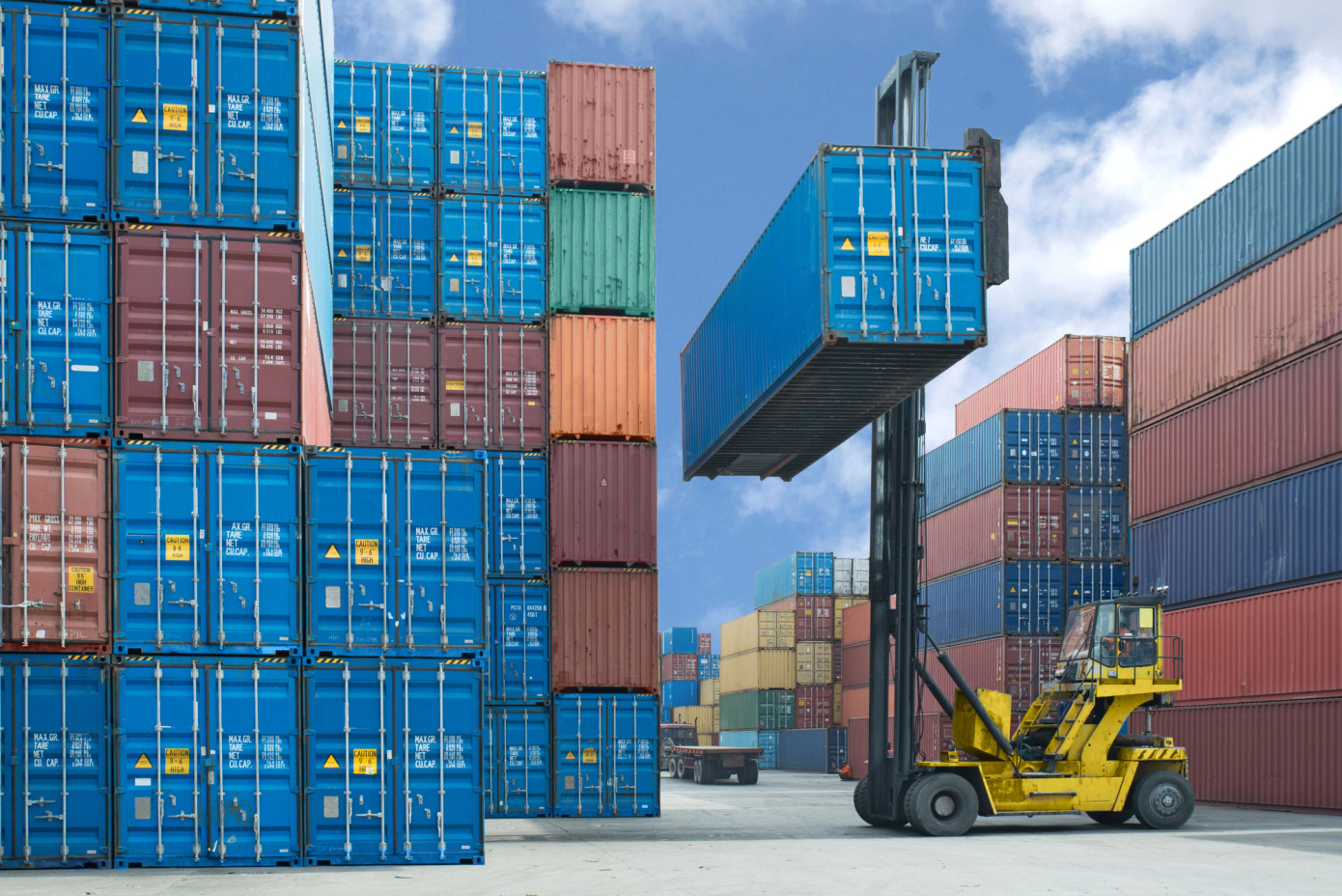President Donald J. Trump on April 2 declared a national emergency over what he called an "extraordinary threat" posed by the United States' $1.2 trillion goods trade deficit in 2024. The executive order imposes a 10% tariff on all imports starting April 5 and higher country-specific duties beginning April 9, with China facing a 34% rate, the European Union 20%, and Japan 24%. These actions aim to rectify non-reciprocal tariff and non-tariff barriers that, Trump said, suppress U.S. exports and hollow out domestic manufacturing. The order establishes that additional duties will remain until trading partners take corrective actions. The White House cited historical disparities in tariff rates — such as India’s 70% tariff on automobiles versus the U.S. 2.5% — as evidence of systemic imbalances. This measure follows investigations launched in January and February into the national security impact of persistent trade deficits, according to the executive order released by the White House.
Beyond the blanket 10% duty, the order exempts certain goods such as pharmaceuticals, semiconductors, and articles already covered under previous proclamations on steel, aluminum, and automotive imports. However, country-specific increases will override existing U.S. trade agreements unless explicitly exempted. For example, while energy products and potash from Canada face a 10% tariff, all other non-USMCA-qualified goods from Canada and Mexico will be subject to a 25% duty. Goods originating under USMCA remain duty-free, but Canada has responded with tariffs on $21 billion of U.S. imports, and an additional $20.6 billion in retaliation for steel and aluminum duties, WSJ reported.
Automobiles and parts will face a separate 25% global tariff beginning April 3. On copper and lumber, Trump announced on March 4 his intention to impose additional 25% tariffs, extending his policy into critical industrial commodities. The administration has also threatened a 25% duty on imports from any country purchasing Venezuelan oil.
The order identifies non-tariff barriers as a primary factor undermining U.S. manufacturing, citing issues ranging from discriminatory licensing and subsidy regimes to suppressed domestic consumption in trade partners like China (39% consumption-to-GDP ratio), Germany (50%), and South Korea (49%) compared to 68% in the U.S. Trump pointed to the fall in U.S. manufacturing's global share, down from 28.4% in 2001 to 17.4% in 2023, and the loss of 5 million manufacturing jobs between 1997 and 2024 as justification for sweeping action.
In addition to economic goals, the administration ties the tariff campaign to national defense, citing depleted military equipment stockpiles and reliance on foreign inputs for defense manufacturing. Trump emphasized the necessity of rebuilding upstream industrial capacity for national security, referencing supply vulnerabilities exposed during the COVID-19 pandemic and Middle East shipping disruptions.
The tariffs announced this week supplement a series of earlier trade actions, including a 10% tariff on Chinese imports in February followed by an additional 10% in March. China retaliated with duties on U.S. coal, LNG, oil, agricultural equipment, and a 15% tariff on chicken, wheat, corn, and cotton. Trump has also floated tariffs of 25% or more on pharmaceuticals, semiconductors, and automobiles.
In outlining the enforcement mechanism, the executive order mandates U.S. Customs and Border Protection to verify the U.S.-origin content of imports, applying duties only to the foreign component of goods if at least 20% of their value originates from the U.S. The administration reserved authority to increase, reduce, or suspend tariffs based on trading partners’ responses, economic conditions, or national security needs.
